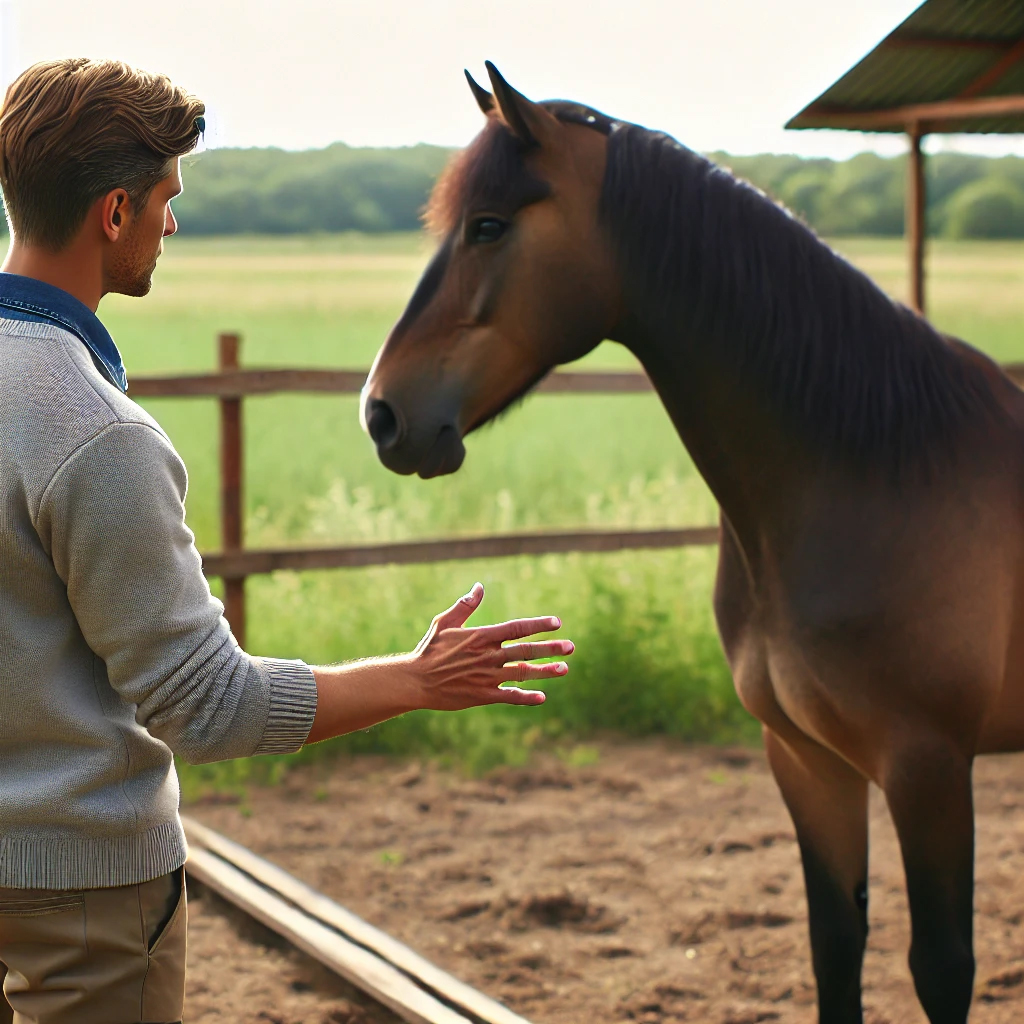Introduction to Equine Training: Common Pitfalls

Training horses can be a rewarding yet challenging endeavor, requiring a blend of knowledge, patience, and keen observation. It’s easy to make mistakes along the way, and these errors can significantly impact a horse’s behavior and welfare. Understanding common pitfalls in equine training is crucial for anyone aiming to cultivate a harmonious relationship with their horse. In this post, we’ll dive into the top 10 most frequent missteps trainers make, explore how to avoid them, and ensure a positive training experience for both horse and handler.
Overview of Horse Training Importance
Effective horse training is essential for several reasons. It ensures the safety of both the horse and the rider, fosters a deeper bond between them, and helps the horse develop the skills needed for various activities, from leisure riding to competitive sports. Proper training not only enhances a horse’s abilities but also its overall well-being, making it a vital aspect of responsible equine care.
The Impact of Training Mistakes on Horse Behavior and Welfare
When training mistakes occur, they can lead to a range of issues. A horse might develop behavioral problems, such as aggression or anxiety, which can be difficult to correct. Additionally, poor training can result in physical harm or discomfort for the horse, leading to long-term health problems. Understanding and avoiding these common mistakes is key to maintaining a healthy, happy, and well-adjusted horse.
Preview of the Top 10 Most Common Training Missteps
In this post, we will cover the top 10 training missteps that many trainers encounter:
- Misunderstanding horse cues
- Neglecting the basics of horse communication
- Misinterpreting warning signs and horse body language
- Failing to establish trust and respect
- Using inconsistent training methods
- Overlooking equine fitness essentials
- Improper saddling and riding techniques
- Neglecting continuous learning
- Ignoring feedback and failing to adapt training approaches
- Not learning from successful case studies
Technical Troubles: Misunderstanding Horse Cues
Neglecting the Basics of Horse Communication
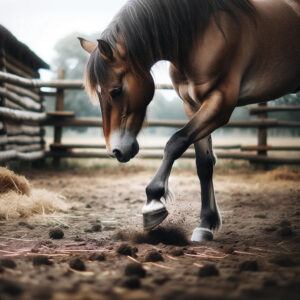 A fundamental aspect of horse training is understanding how horses communicate. Horses use a variety of cues to express their feelings and intentions, including ear position, tail movement, and body posture. Neglecting these basics can lead to miscommunication, making training sessions frustrating and ineffective.
A fundamental aspect of horse training is understanding how horses communicate. Horses use a variety of cues to express their feelings and intentions, including ear position, tail movement, and body posture. Neglecting these basics can lead to miscommunication, making training sessions frustrating and ineffective.
Misinterpreting Warning Signs and Horse Body Language
Warning signs such as pinned ears, swishing tails, or pawing at the ground often indicate discomfort or irritation. Misinterpreting these signs can escalate into more serious behavioral issues. Developing an eye for these subtle signals is crucial for preempting problems and addressing your horse’s needs promptly.
How to Develop a Keen Eye for Equine Signals
To avoid these pitfalls, spend time observing horses in different situations. Pay attention to how they interact with other horses and humans, noting their body language in various contexts. Books, videos, and workshops on equine behavior can also enhance your understanding and ability to read horse cues accurately.
Psychological Faux Pas: The Trainer-Horse Relationship
The Importance of Establishing Trust and Respect
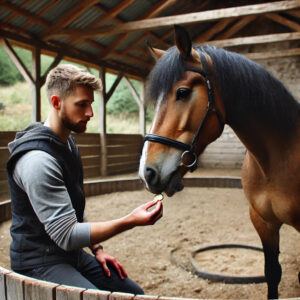 A strong trainer-horse relationship is built on trust and respect. Without these foundations, training becomes a battle of wills rather than a cooperative effort. Trust is earned through consistent, fair treatment, and respect is cultivated by acknowledging the horse’s individuality and responding appropriately to its behavior.
A strong trainer-horse relationship is built on trust and respect. Without these foundations, training becomes a battle of wills rather than a cooperative effort. Trust is earned through consistent, fair treatment, and respect is cultivated by acknowledging the horse’s individuality and responding appropriately to its behavior.
Consequences of Inconsistent Training Methods
Inconsistency can confuse horses and undermine their trust in the trainer. If commands and expectations are not clear and consistent, the horse may become anxious or resistant. Maintaining a steady training routine with clear signals helps the horse understand what is expected and builds a reliable response.
Building a Strong, Positive Dynamic with Your Horse
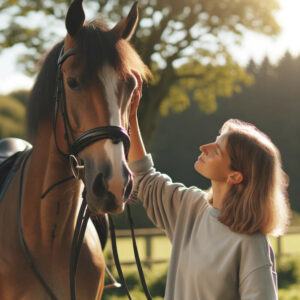
Creating a positive dynamic involves spending quality time with your horse outside of training sessions. Simple activities like grooming, hand-walking, and playing can strengthen your bond. Positive reinforcement, such as treats and praise for good behavior, also helps in building a strong, trusting relationship.
Physical Blunders: Inadequate Care and Conditioning
Overlooking the Essentials of Equine Fitness
Just like humans, horses need regular exercise to stay fit and healthy. Overlooking the essentials of equine fitness can lead to problems such as obesity, muscle atrophy, and decreased stamina. Incorporating varied and regular exercise routines is essential for your horse’s physical well-being.
Risks of Improper Saddling and Riding Techniques
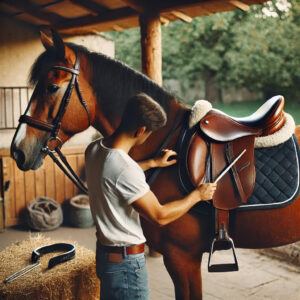
Improper saddling and riding techniques can cause discomfort and injury to the horse. A poorly fitted saddle can lead to sores and muscle strain, while incorrect riding posture can create undue pressure on the horse’s back. Ensuring proper tack fitting and riding instruction is crucial for preventing these issues.
Creating a Tailored Conditioning Program for Your Horse
Each horse is unique and requires a conditioning program tailored to its specific needs. Consider factors like age, breed, and activity level when designing a fitness regimen. Consult with a veterinarian or an equine fitness expert to develop a plan that promotes your horse’s health and performance.
Avoidance Strategies: Ensuring a Well-Trained Steed
Continuous Learning and Professional Development
The world of horse training is always evolving, with new techniques and insights emerging regularly. Staying informed through continuous learning and professional development is essential. Attend workshops, read up-to-date literature, and network with other trainers to keep your skills sharp and current.
Incorporating Feedback and Adapting Training Approaches
Feedback is a valuable tool in refining your training methods. Whether it comes from a fellow trainer, a mentor, or even your horse’s behavior, being open to feedback and willing to adapt your approaches ensures that your training remains effective and responsive to your horse’s needs.
Case Studies: Success Stories in Overcoming Training Challenges
Learning from the experiences of others can provide valuable insights into overcoming training challenges. Case studies of successful training stories highlight effective strategies and creative solutions. For instance, a trainer who turned a skittish horse into a calm, reliable partner through patience and consistency can offer lessons in perseverance and technique.
Conclusion
Training horses is a complex but fulfilling journey that requires understanding, patience, and continuous learning. By recognizing and avoiding common training pitfalls, you can ensure a positive, productive relationship with your horse. Remember, the key to successful training lies in clear communication, consistent methods, and a deep bond of trust and respect. With these principles in mind, you’ll be well on your way to developing a well-trained, happy horse.

